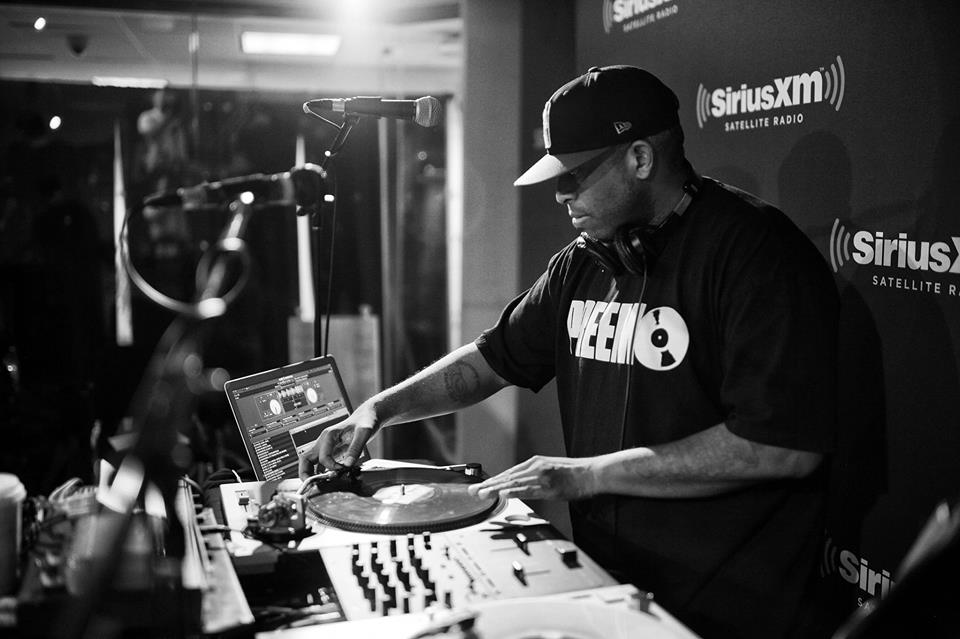
Developers and IT professionals may also like OpenMediaVault, which is more complicated than Amahi but allows a lot of customisation through its API. Of course, these are far from the only options out there, but they’re some of the more popular. We don’t reacommend Ubuntu for this anymore, but our old instructions on an Ubuntu home server should work with many Linux distributions, including Debian.

It’s also a decent option if you don’t want to make an Amahi account and don’t want to pay for any of Amahi’s apps. Of course, since Amahi has a fully-featured Linux desktop running under the hood, you can do most of this with Amahi too - so there’s little reason to build your own server from scratch unless you want to use a specific distribution, or want a fully customised system that meets your needs and your needs only. You won’t have to learn anything new, and it can literally do anything a Linux desktop could.

Ubuntu isn’t quite ideal, but you can use something lower-powered like Xubuntu or Debian, remote into your machine with TeamViewer, and set it up as you would any other computer. If you’re already familiar with Linux distributions like Ubuntu, you might consider just running a Linux desktop as your home server.


 0 kommentar(er)
0 kommentar(er)
